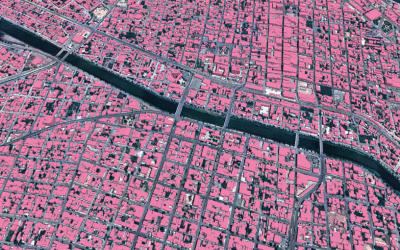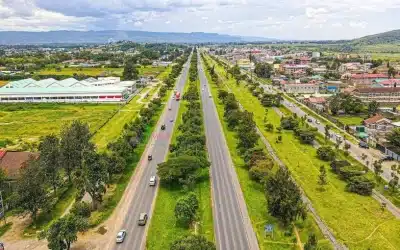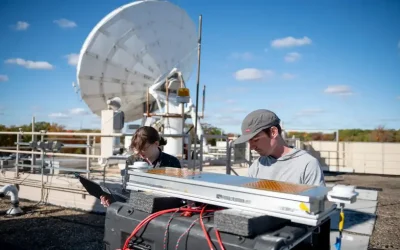Kenya’s Taifa-1 satellite mission launch on 15th April 2023
According to Kenya Space Agency, Taifa-1 Sat is Kenya’s first operational earth observation satellite. It is equipped with an optical camera that takes pictures simultaneously in multispectral and panchromatic modes enabling it to operate within and beyond the visible light spectrum. The satellite is the first of what is intended to be a constellation of small earth observation satellites, with subsequent systems expected to be of higher capability. observation satellites, with subsequent systems expected to be of higher capability.
The satellite launch will be streamed live on: Taifa-1 Launch
The Taifa-1 Mission has been implemented in four main architectural parts: the mission subject, space segment, ground segment, launch segment and mission operations component. The mission subject is the area or object of interest that is targeted in the mission objectives. For Taifa-1, this is the Kenyan territory and the payload calibration sites. The space segment is the complete satellite assembly that is launched into the mission orbit comprising of the payload and the satellite bus.
For Taifa-1, the payload is an optical camera capable of imaging in five multispectral bands with a ground sampling distance (GSD) of 32 metres and the panchromatic band with a GSD of 16 metres. The two types of images work together to provide higher quality images known as pan-sharpened images which is a combination of the two.
The satellite bus comprises the rest of the subsystems meant to get the payload to function optimally to achieve the mission objectives. These include the electrical power, communication, structures and mechanisms, on-board computing, attitude determination and control and thermal control subsystems. The payload and the satellite bus both have on-board mass storage systems that enable images to be stored on-board temporarily before the satellite can access the ground station and download them.
The ground segment comprises a UHF/S/X Band ground station along with the associated radio, control and computing equipment needed to track and communicate wirelessly with Taifa-1 space segment. It is the primary access point that mission operators will have to the satellite.
The launch segment comprises the launch vehicle, launch pad and its mission control centre that puts the Taifa-1 space segment into its mission orbit. In this case, it is a Falcon 9 rocket system by SpaceX.
The mission operations component implements the concept of operations for the mission and is responsible for how that satellite data will flow from the mission from the Launch and Early Orbit Phase (LEOP) to the end of its useful life. It also caters for how the images are processed and utilised by decision-makers in various fields who seek to address the multiple challenges facing the country and according to set policies and regulations. It also caters for how any troubleshooting routines are carried out for the space segment.













